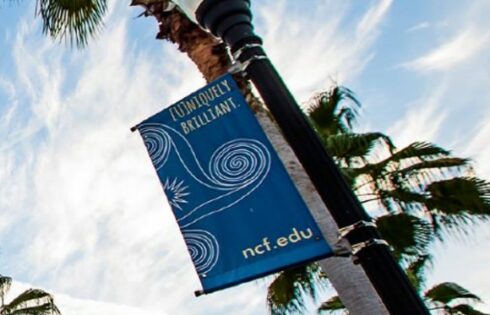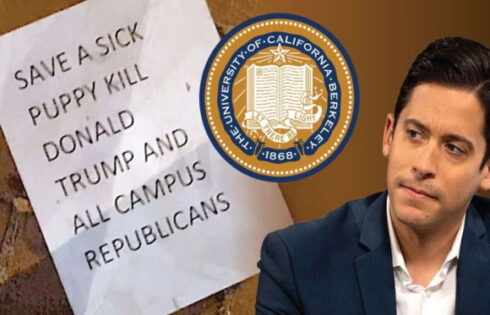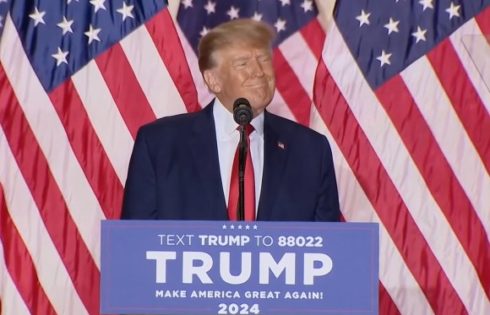Last year, a tuition hike at the University of North Carolina provoked intense debate among students, but an increase of a far greater magnitude for students who are covered by the UNC system Pearce & Pearce (now Chartis) health insurance plan hasn’t received nearly the same attention.
Dollar-for-dollar, tuition at UNC is going up $695 or 9.9 percent for academic year 2012-2013 while costs for the health insurance plan are increasing $497 or 54.0 percent for the same period. UNC is by no means alone—rates at UNC-Asheville will shoot up 95.0 percent from last year. This increase will affect the 5,895 students on the plan at UNC and the approximately 64,000 students on the plan system-wide.
The UNC General Administration gives two reasons for the increase—a high level of usage and the Patient Protection and Affordable Care Act (commonly known as ObamaCare). Approximately twelve percent of the increase this year is attributable to ObamaCare (about $60), according to Bruce Mallette, Vice President for Academic and Student Affairs. The rest of the increase is an attempt by Chartis/Pearce & Pearce to lower their loss ratio from the past two years closer to the contractual level of 77 percent. The loss ratios for the 2010-2011 and 2011-2012 academic years were 118 percent and 165 percent, respectively. Basically, this means that Chartis/Pearce & Pearce has been subsidizing UNC students. For every dollar paid in premiums, Chartis/Pearce & Pearce has been paying out $1.18 and $1.65 for the past two years.
There are some questions concerning the selection of Chartis/Pearce & Pearce. The main consultant that UNC GA used during the bidding process was the North Carolina Association of Insurance Agents whose specialty is property and casualty insurance, not medical insurance. They are also paid through a one percent commission fee on the premium meaning that the NCAIA is not incentivized to keep premiums low.
The university system chose to not rebid the contract because of ObamaCare and the short amount of time that has elapsed since the last bidding process, but given the fact that the insurance premium has almost doubled since the 2010-2011 academic year, the bidding process next year is long overdue.
There are many lessons to be learned here. The fact that a private company was unable to accurately predict the premium at which it would not be effectively subsidizing its customers for the services it provides makes one question the ability of our government to be able to control costs when there is no profit motive in play.
The UNC-Chartis/Pearce & Pearce experience also seems to contradict one of the underlying tenets of ObamaCare, i.e., pooling people together will lower costs across the board. Who would have thought that students—in what is traditionally thought of as the lowest risk category for health insurers—could manage to almost double premium costs in only two short years? Never mind the fact that ObamaCare—advertised as a way to reduce health care costs—is actually adding to the financial burden students must bear next year.
It also calls into question mandates generally. UNC’s “public option” has turned out to cost much more per monthly than an individual plan with Blue Cross/Blue Shield, for example. While 10-12% of students were uninsured at UNC before the mandate, it’s not clear that students have benefitted from the mandate with highly volatile, exponentially increasing costs associated with the UNC plan.
Unfortunately, ObamaCare hasn’t turned out to be the cure-all in was advertised to be, and students will have to suffer the consequences of increased insurance costs.
Fix Contributor Anthony Dent of the Carolina Review is a student at the University of North Carolina.
Click here to Like The College Fix on Facebook.




Please join the conversation about our stories on Facebook, Twitter, Instagram, Reddit, MeWe, Rumble, Gab, Minds and Gettr.